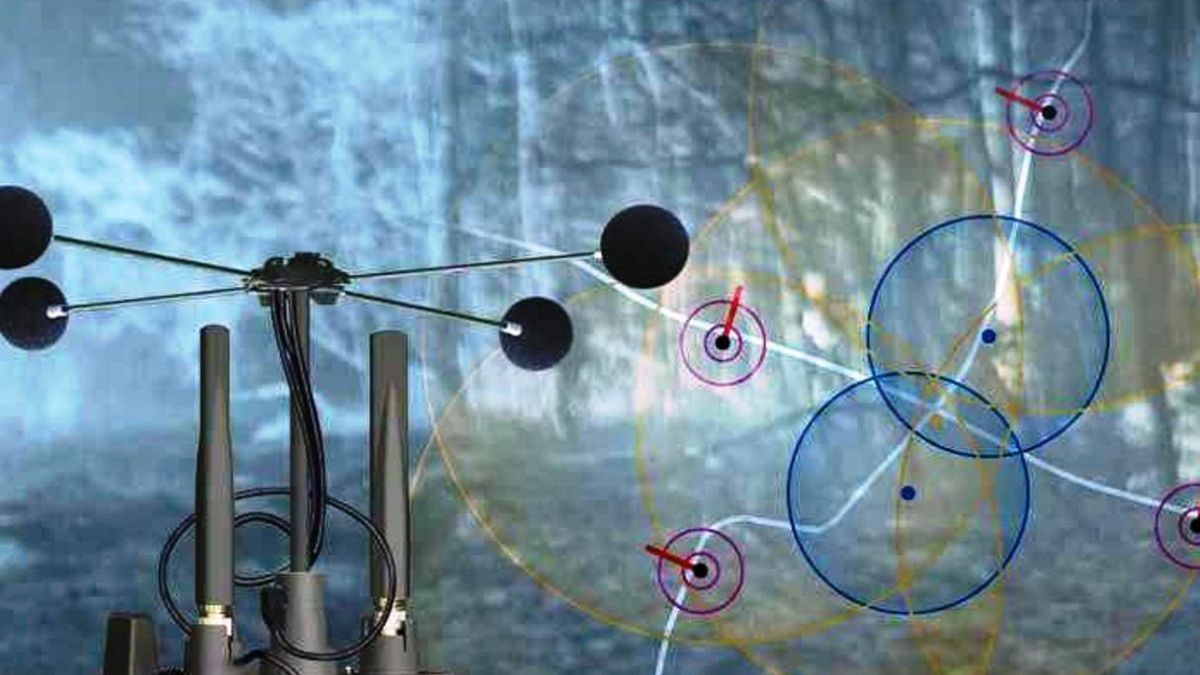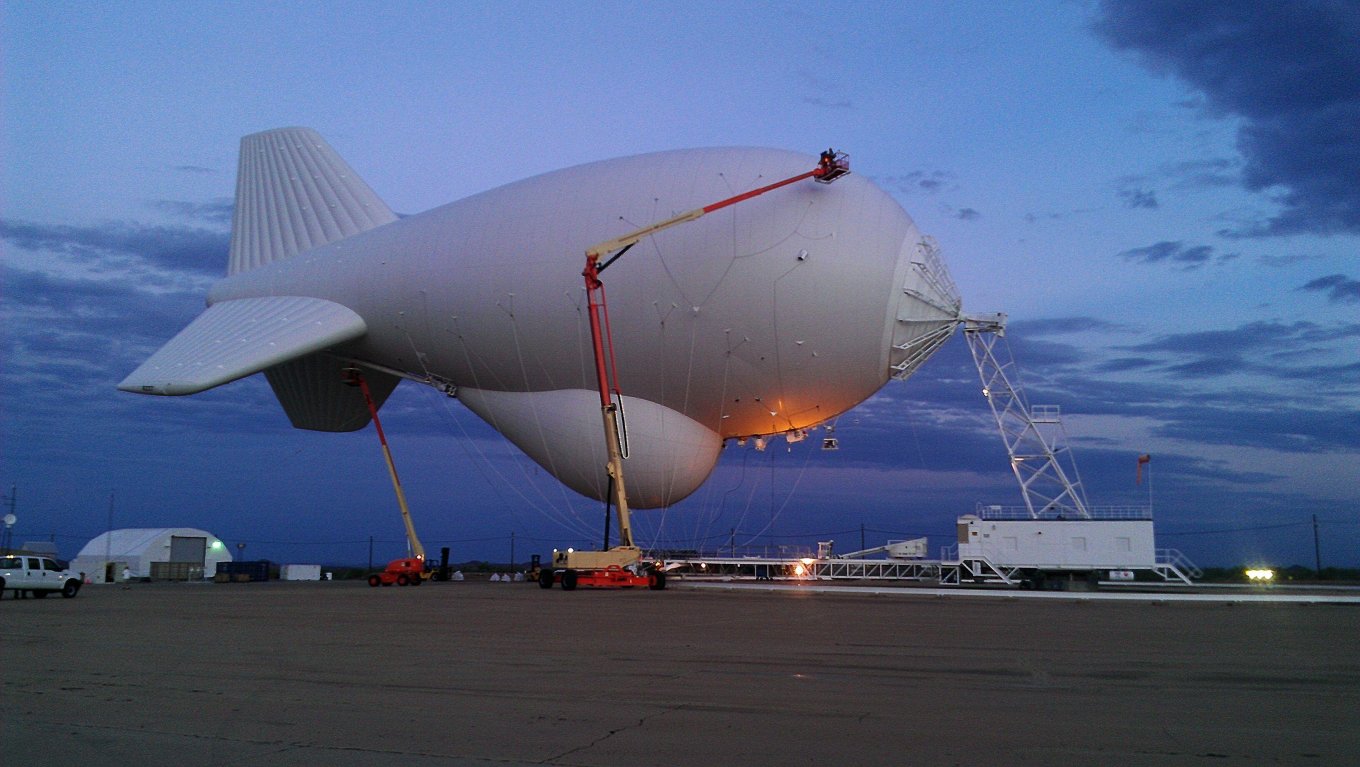In response to massive threats posed by Russian kamikaze drones, Ukraine has implemented an innovative solution: a comprehensive acoustic sensor network spanning thousands of sensors across its territory.
The deployment of this network was revealed by General James Hecker, the head of the US Air Forces in Europe (USAFE), Air Forces Africa (AFAFRICA), and NATO’s Allied Air Command, during a press roundtable held on the sidelines of the Air & Space Forces Association Warfare Symposium on February 12.
According to General Hecker, Ukraine’s acoustic sensor network is strategically positioned to detect low-altitude objects, mainly one-way UAVs like the Shahed-136, by amplifying ambient noise through various microphones dispersed throughout the country.
With approximately 6,000 sensors in operation, Ukraine has successfully identified and tracked these drone threats. Despite the relatively modest engines of kamikaze drones, they emit significant noise, making them detectable through this advanced surveillance system.
Mauro Gilli, a senior researcher in military technology and international security at the Swiss Federal Institute of Technology in Zurich (ETH-Zurich), explained, “The system of acoustic sensors strategically placed to enhance capacity to detect incoming attacks by capturing sound emissions of missiles [or aircraft] that try to avoid radar detection (such as flying very low, for example over rivers).”
The early warning provided by the acoustic sensor network enables Ukrainian forces to promptly respond to threats using cost-effective measures, such as anti-aircraft guns, neutralizing the identified targets.
This proactive approach has proven instrumental in enhancing Ukraine’s defense posture against evolving security challenges, particularly in the face of asymmetric threats posed by drones.

The deployment of these sensors has sporadically attracted attention in the news. In December 2022, Andrii Nebytov, who serves as the Head of the Kyiv regional Police, revealed plans for the Kyiv region to utilize specialized acoustic sensors to detect Russian drones or missiles.
At the time, he said, “As for acoustic sensors… It was decided, if possible, to equip critical infrastructure facilities with appropriate sensors that will be able to collect acoustic information and transmit air defense units for prompt response.”
“These are sensors for additional information collection that will allow air defense to receive information not only from radars, “102” emergency line, but also, for example, in places where there are no people,” Nebytov added.
In November 2023, Timothy Snyder, a Historian, Yale University professor, and ambassador for the Ukrainian government-run platform United24, initiated a fundraiser for the “Safe Skies” air target identification sensor system.
It was stated that, to ensure the country’s adequate protection, 12,500 acoustic sensors are required. The primary objective was to procure 2,500 sensors initially, with a total expenditure of US$950,000.
By December 2023, the campaign had successfully raised the targeted US$950,000 for the Safe Skies air target detection system. This funding enabled the acquisition of 2,500 sensors, enhancing the defense capabilities of Sumy, Odesa, Mykolaiv, and Kherson oblasts against drone and missile threats.
Undeterred, the initiative led by the Yale University professor continues with a secondary goal of raising an additional US$950,000. Nonetheless, the method by which the information from the acoustic sensors is distributed remains ambiguous.
However, it is plausible that this process could involve utilizing an existing ad hoc drone spotting network established by Ukraine, which has been operational for a considerable period. This network enables volunteers to share alerts through the Telegram online messaging service.
NATO To Adopt The Similar Method
Gen. Hecker’s disclosure also sheds light on the broader implications of Ukraine’s innovative defense strategy.
The success of the acoustic sensor network has piqued the interest of the US military, prompting explorations into adopting similar capabilities to bolster defenses against drone threats.
Hecker revealed that NATO is exploring immediate, cost-effective measures to counter one-way attack drones while nations consider longer-term investments in airborne early warning (AEW) platforms.
One such near-term strategy involves evaluating and potentially deploying an extensive network of acoustic sensors developed by Ukraine to detect and neutralize Russian-launched attack drones.
NATO plans to conduct testing of a variant of this system to deploy it to specific locations within the alliance potentially. Furthermore, Gen. Hecker noted that the Missile Defense Agency has been briefed on this initiative.

Another evaluated short-term option involves deploying balloons or blimps, reminiscent of the US Army’s Joint Land Attack Cruise Missile Defense Elevated Netted Sensor System (JLENS).
These aerial platforms would be outfitted with payloads designed to track attack drones. This tactic reflects methods previously utilized by the US military to protect bases in Afghanistan.
These immediate plans precede significant acquisitions, such as the procurement of Boeing’s E-7A Wedgetail by the US Air Force, UK, and NATO. A Royal Australian Air Force E-7 has been deployed to Europe to support surveillance efforts near Ukraine.
Having personally experienced the capabilities of the E-7 in December, Hecker highlighted its ability to provide persistent surveillance coverage, including detection of low-altitude threats like cruise missiles and UAVs, with an extended range compared to the existing E-3 AWACS fleet.
Hecker further expressed support for NATO nations interested in acquiring AEW aircraft, including the E-7, while acknowledging the potential of alternative, more cost-effective solutions currently being evaluated.
- Contact the author at ashishmichel(at)gmail.com
- Follow EurAsian Times on Google News




